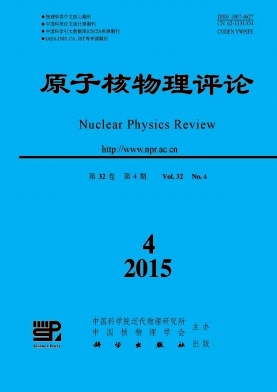Study of the RFQ Cavity Based on the Window-coupled Structure for HIAF
doi: 10.11804/NuclPhysRev.32.04.410
- Received Date: 2015-02-03
- Accepted Date: 2015-12-20
- Publish Date: 2015-12-20
-
Key words:
- four-vane RFQ /
- four-rod RFQ /
- window-coupled /
- RFQ
Abstract: As a focusing and acceleration element in front part of the linear accelerator RFQ, should have ahigh performance in both beam dynamic and operation stability. It requires the electro-magnetic field of RFQ to keep uniform and strongly coupled. In this paper the window coupled structure is proposed and investigated to meet the requirements of RFQ design. Different structures have been compared and analyzed, including four-vane type and four-rod type, and the four-vane type with windows. It was concluded that window-coupled structure is more compact in the transverse dimension with modest power loss and the dipole frequency is far from the operation frequency compare to the normal four-vane structure. A one-meter long and frequency of 81.25 MHz model-cavity of alumimum was employed as a sample and simulated by using the microwave studio of CST. The low power RF test results show that the operating frequecy is 81.41 MHz and the nearest mode frequency separation is 10.74 MHz, which is in good agreement with the simulated values. It is concluded that the window-coupled structure is a candidate for low frequency RFQ.
| Citation: | SHI Longbo, HE Yuan, LU Liang, LI Chenxing, ZHANG Zhouli, WANG Zhijun, XU Xianbo, WANG Wenbin. Study of the RFQ Cavity Based on the Window-coupled Structure for HIAF[J]. Nuclear Physics Review, 2015, 32(4): 410-414. doi: 10.11804/NuclPhysRev.32.04.410 |






 甘公网安备 62010202000723号
甘公网安备 62010202000723号 DownLoad:
DownLoad: